Here we have iOS 15, which Apple unveiled on June 7 at its WWDC conference, with a developer beta released on the same day. The final version was released to the general public on September 20, and so far not a single patch has been released. It's the opposite of the trend we've seen at Apple over the past few years.
Apple released the second beta of iOS 15.1 to developers on September 28. According to the trend of recent years, we could expect it within a month. It is interesting, however, that Apple is so sure of its basic version of iOS 15 that it has not yet released even the hundredth update, i.e. one that most often fixes only some bugs. When we look at iOS 14, so it was released on September 16, 2020, and immediately on September 24, iOS 14.0.1 was released, which fixed the reset of default applications, the problem with Wi-Fi access, or the wrong display of images in the message widget.
iOS 14.1 was released on October 20, 2020 and notably brought support for HomePod and MagSafe certified accessories. In addition to this, widget issues were further addressed, but the update also fixed the inability to set up a family member's Apple Watch. The subsequent iOS 14.2 was released on November 5 and brought new features, such as new emoticons, wallpapers, new AirPlay controls, intercom support for HomePod and more.
iOS 13 Apple released it to the general public on September 19, 2019, and even though this system may appear to be the most reliable since Apple did not add any hundredth update to it, the tenth arrived on September 21st. The fact that the system was very leaky is also evidenced by the corrections of errors that came in two other centenary versions just three days apart. Previous version iOS 12 was introduced on September 17, 2018, version 12.0.1 came on October 8, iOS 12.1 followed on October 30. iOS 12 also lasted relatively long. It was released on September 17, 2018, and the hundredth version came only on October 8, and the tenth version on October 30.
It could be interest you
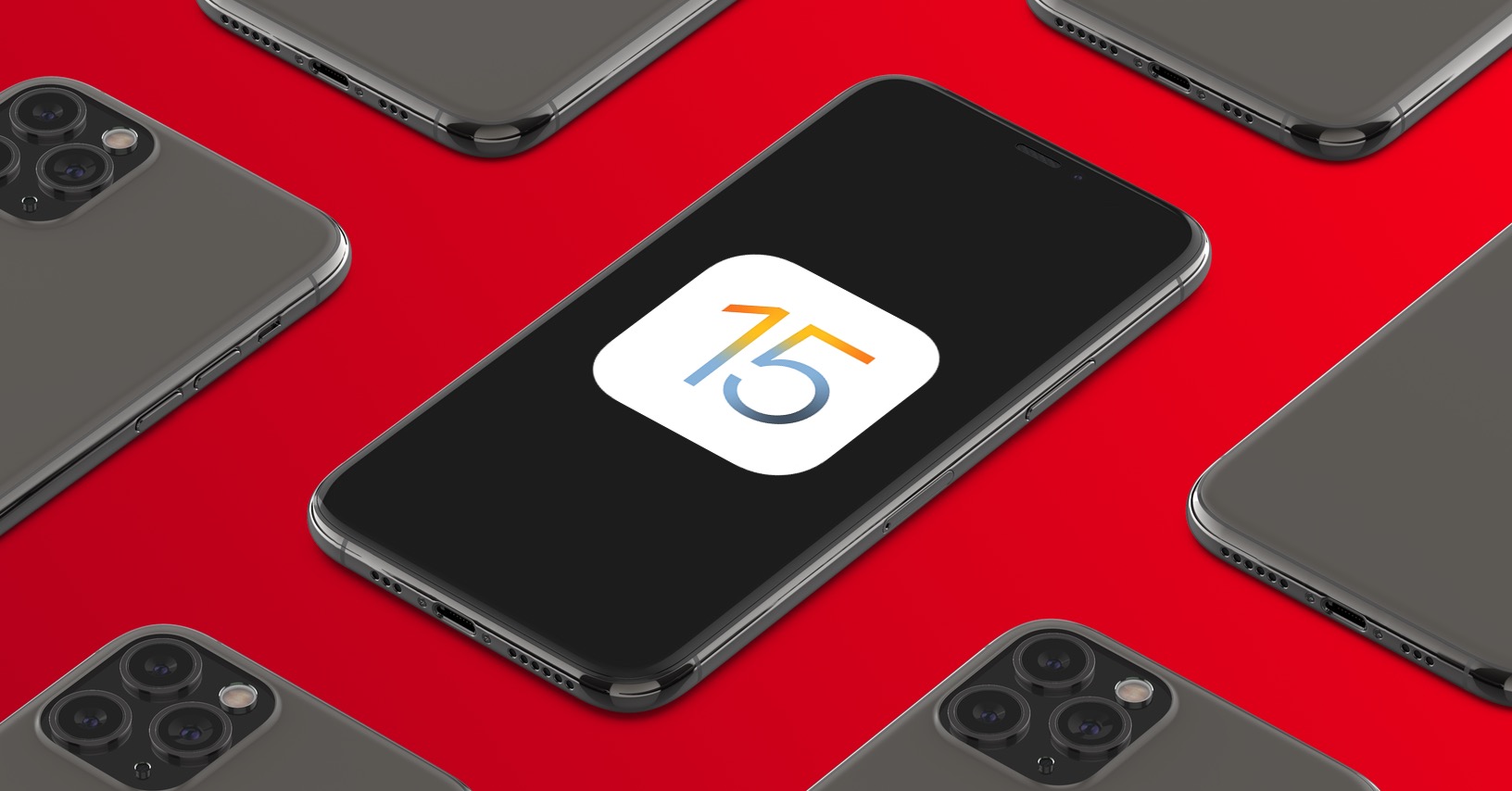
iOS 10 as the most problematic system
iOS 11 was available to the general public from September 19, 2017, iOS 11.0.1 came a week later, version 11.0.2 another week later, and finally version 11.0.3 another week later. Centenary versions always just fixed bugs. iOS 11.1 was then expected until October 31, 2017, but with the exception of bug fixes, only new emoticons were added.
Introducing the SharePlay feature expected to come with iOS 15.1:
iOS 10 it arrived on September 13, 2016, and 4 minutes after it was available to the general public, Apple replaced it with version 10.0.1. The basic version had a lot of bugs. Version 10.0.2 was released by the company on September 23, and again it was just fixes. On October 17th, version 10.0.3 came, and iOS 10.1 was available from October 31st. If we look further at iOS 9, so it was introduced on September 16, 2015, its first hundredth update came on September 23, then the tenth on October 21.
It could be interest you
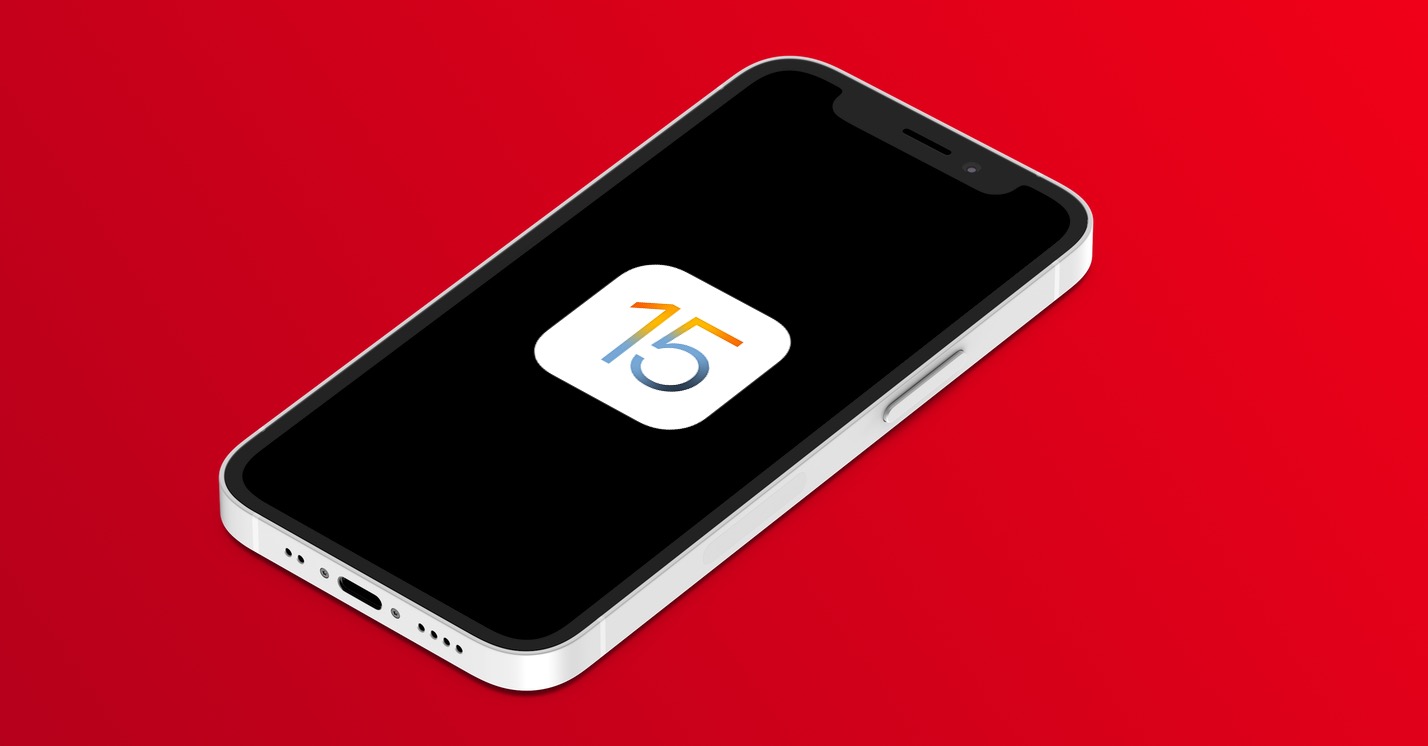
According to the established trend, however, it looks like we should wait for the major iOS 15 update in a month, i.e. probably on October 30 or 31. And what will it bring? We should see SharPlay, the HomePod should learn lossless audio and surround sound, and in the US they'll be able to add their vaccination cards to the Wallet app. If we then get the hundredth bug-fixing update, it could be within a week.
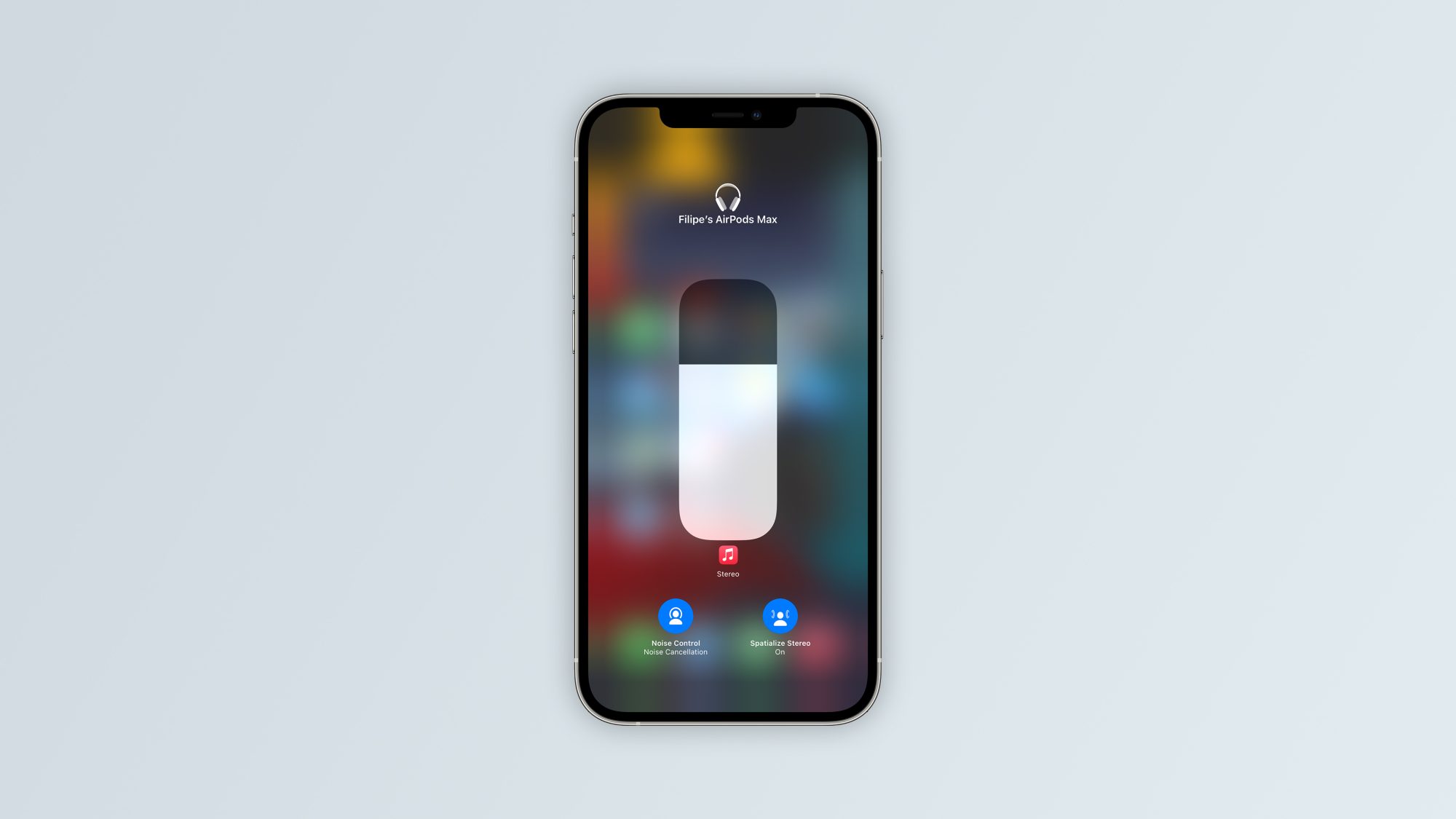
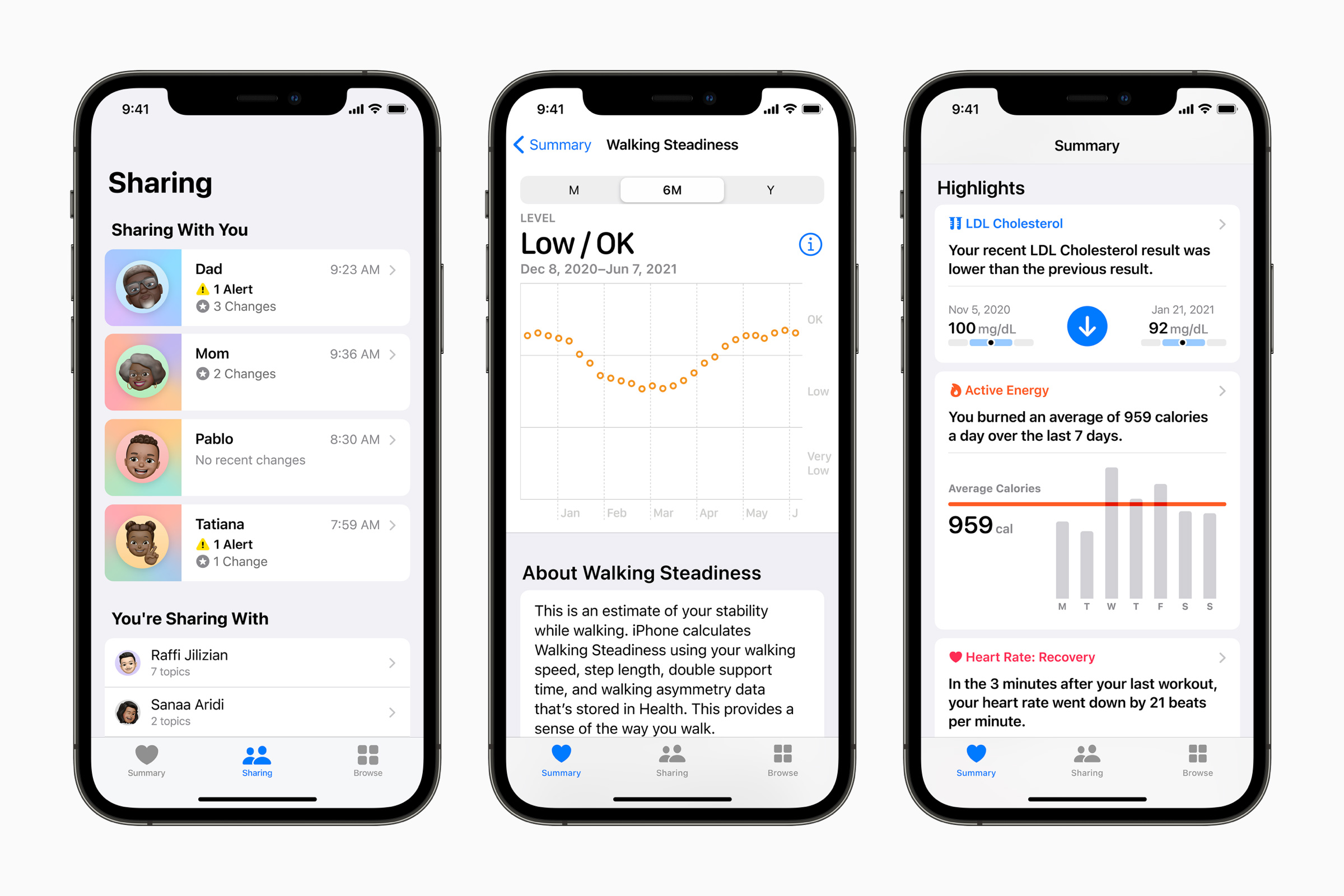
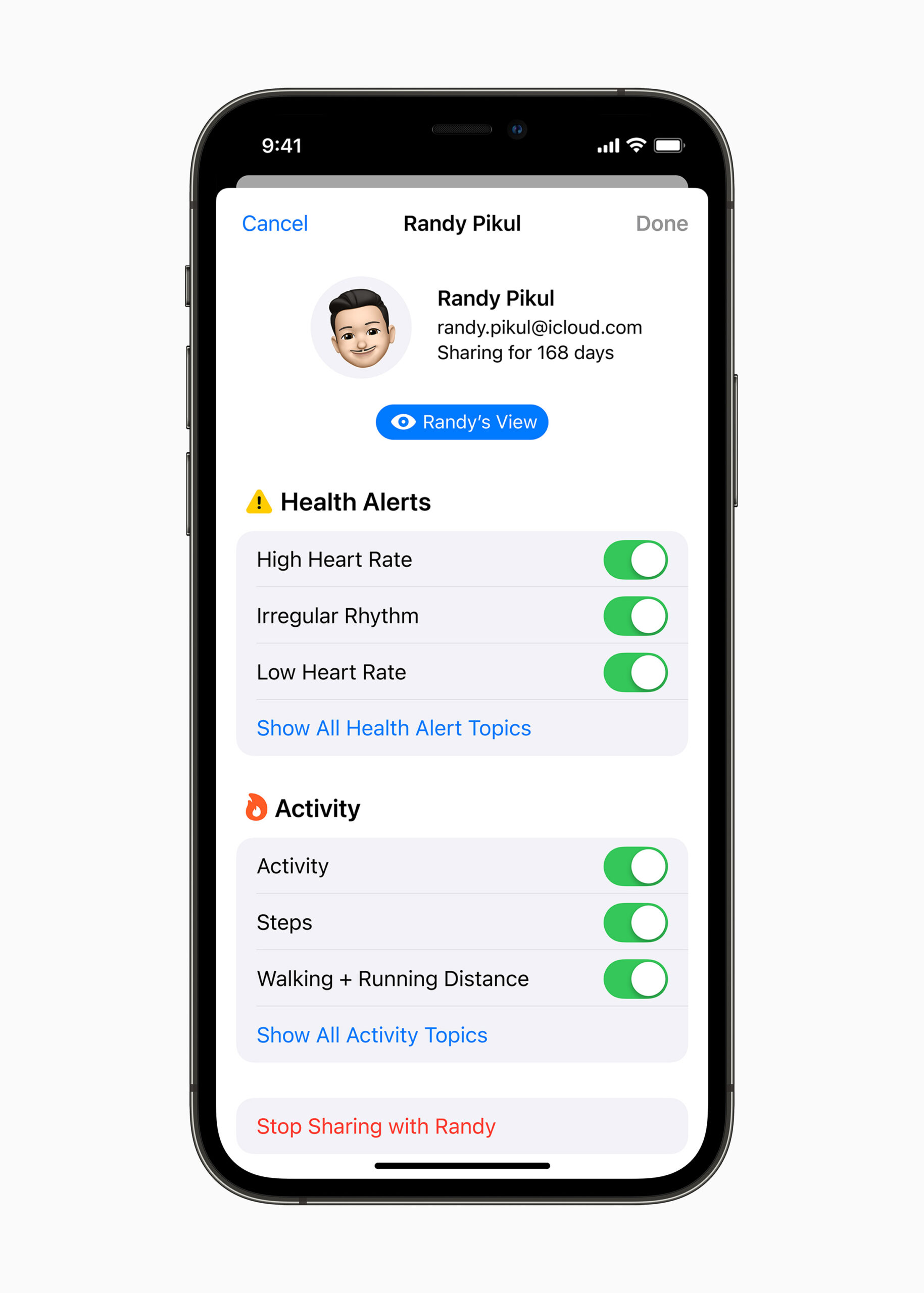

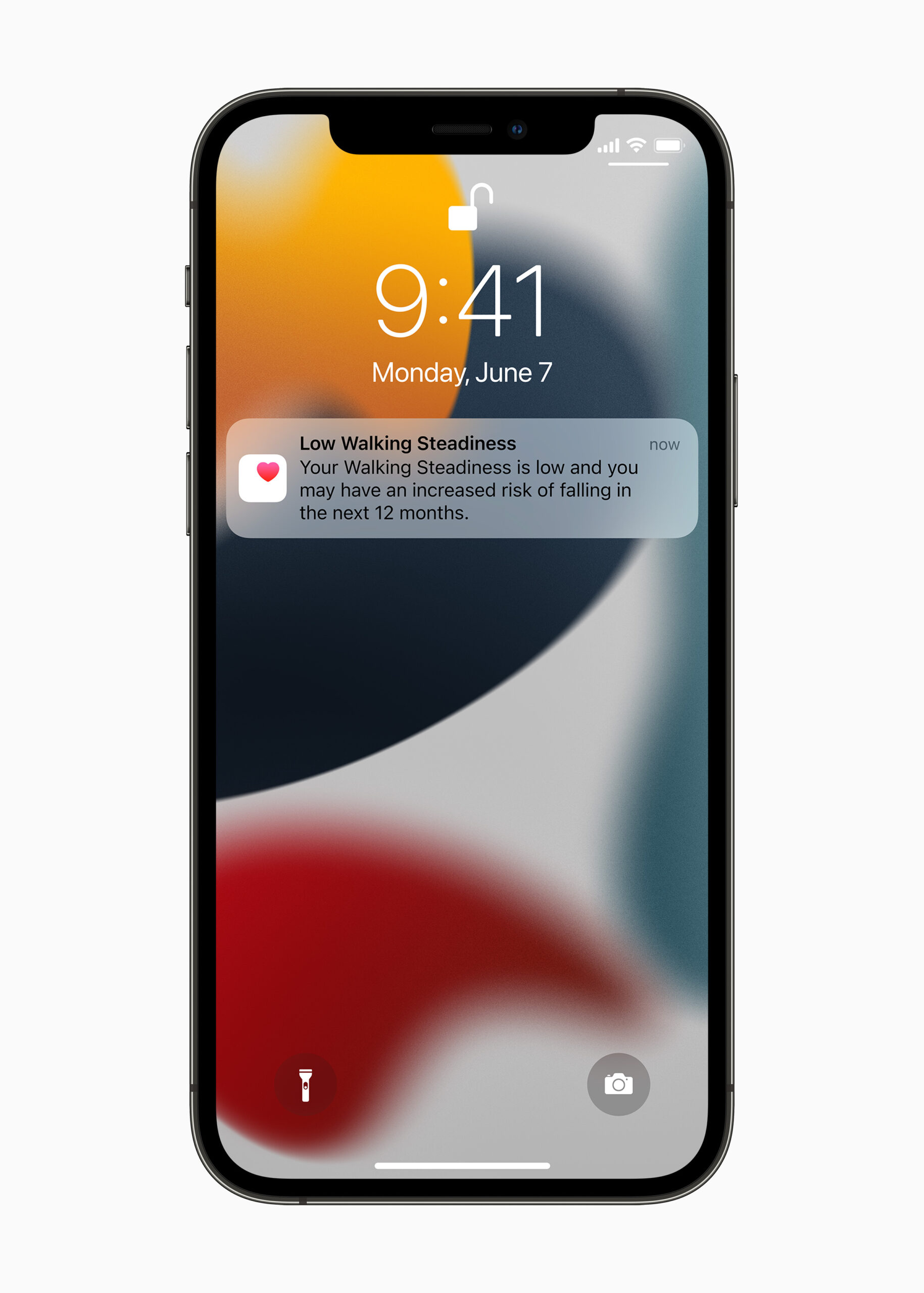
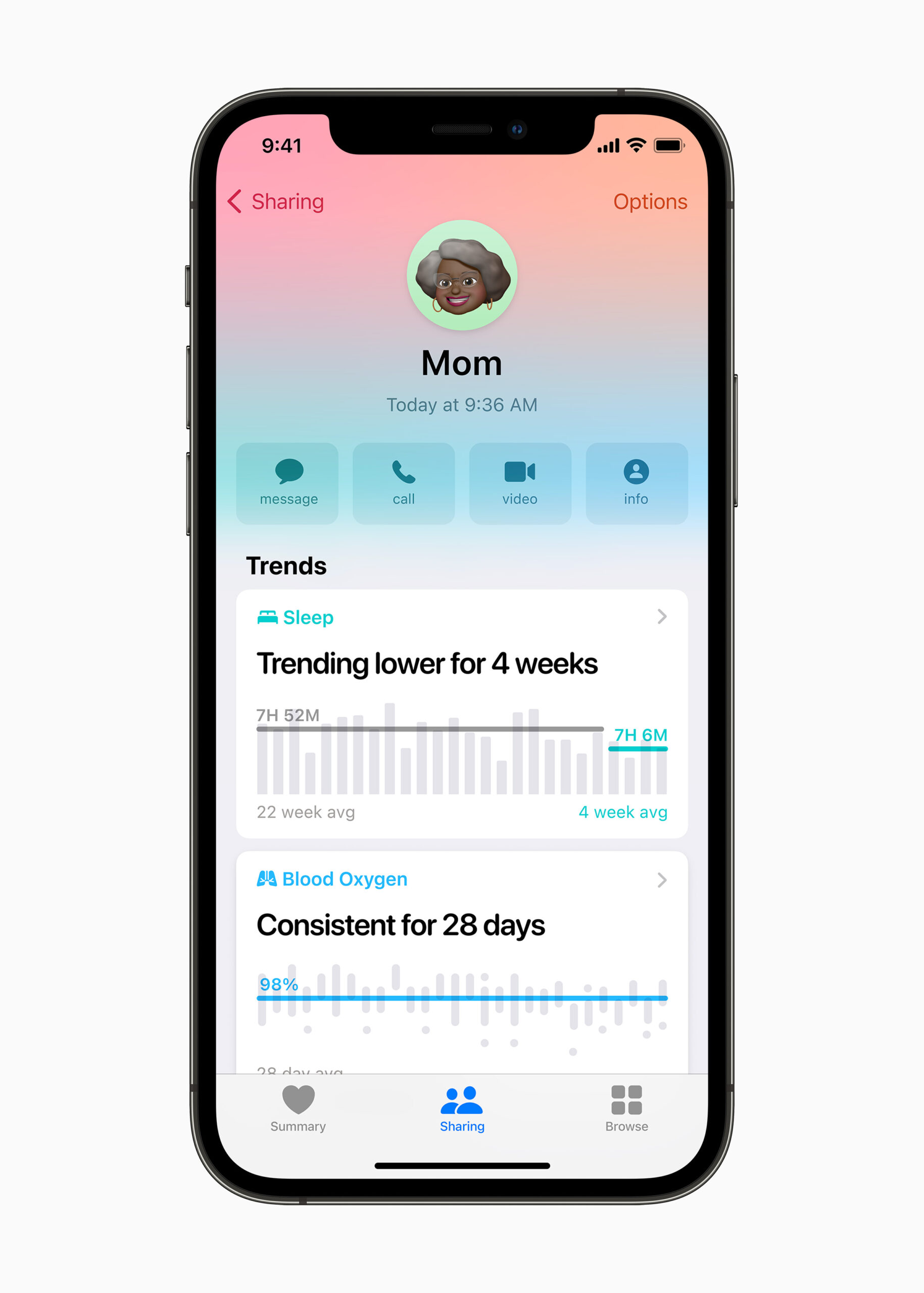
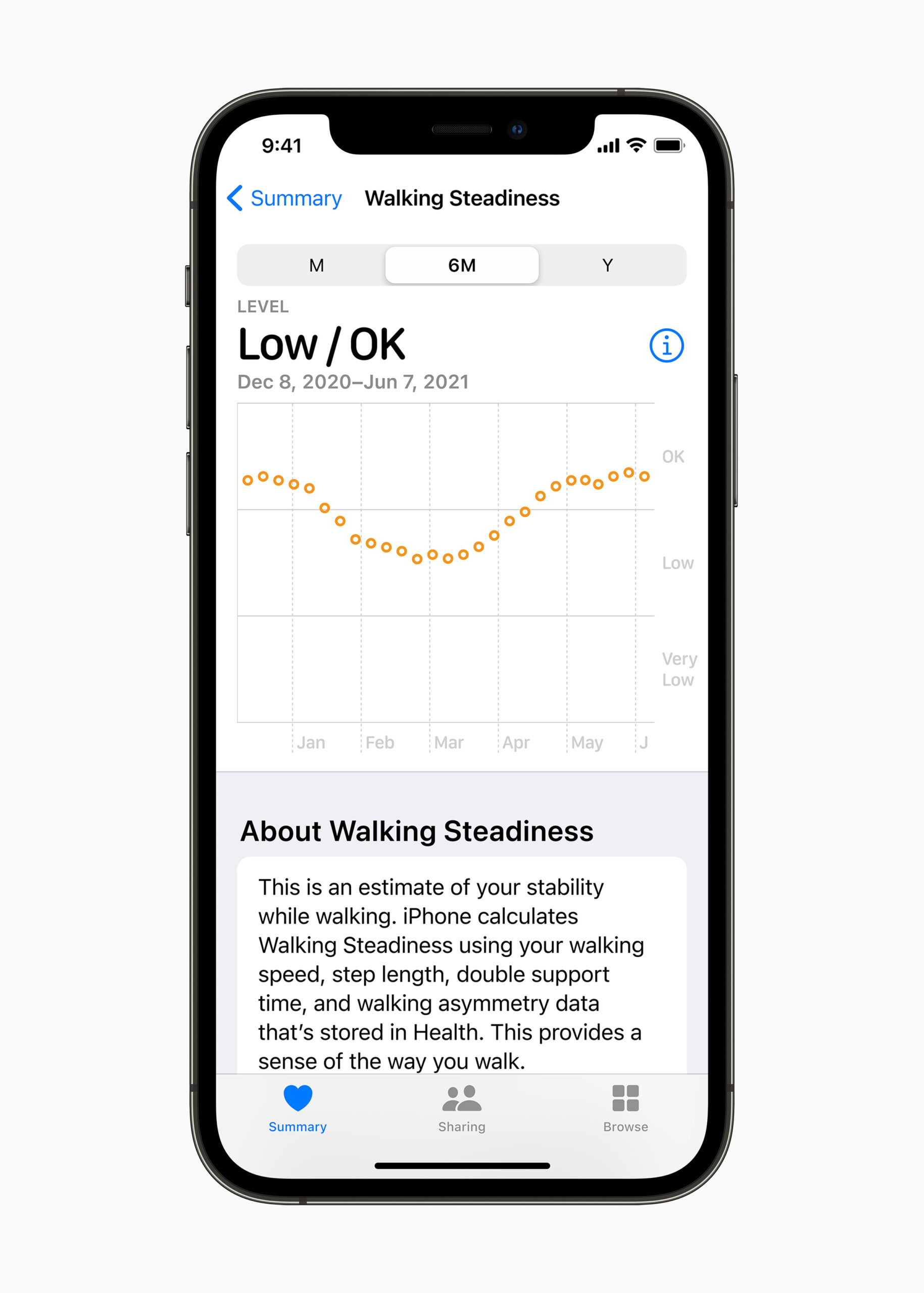


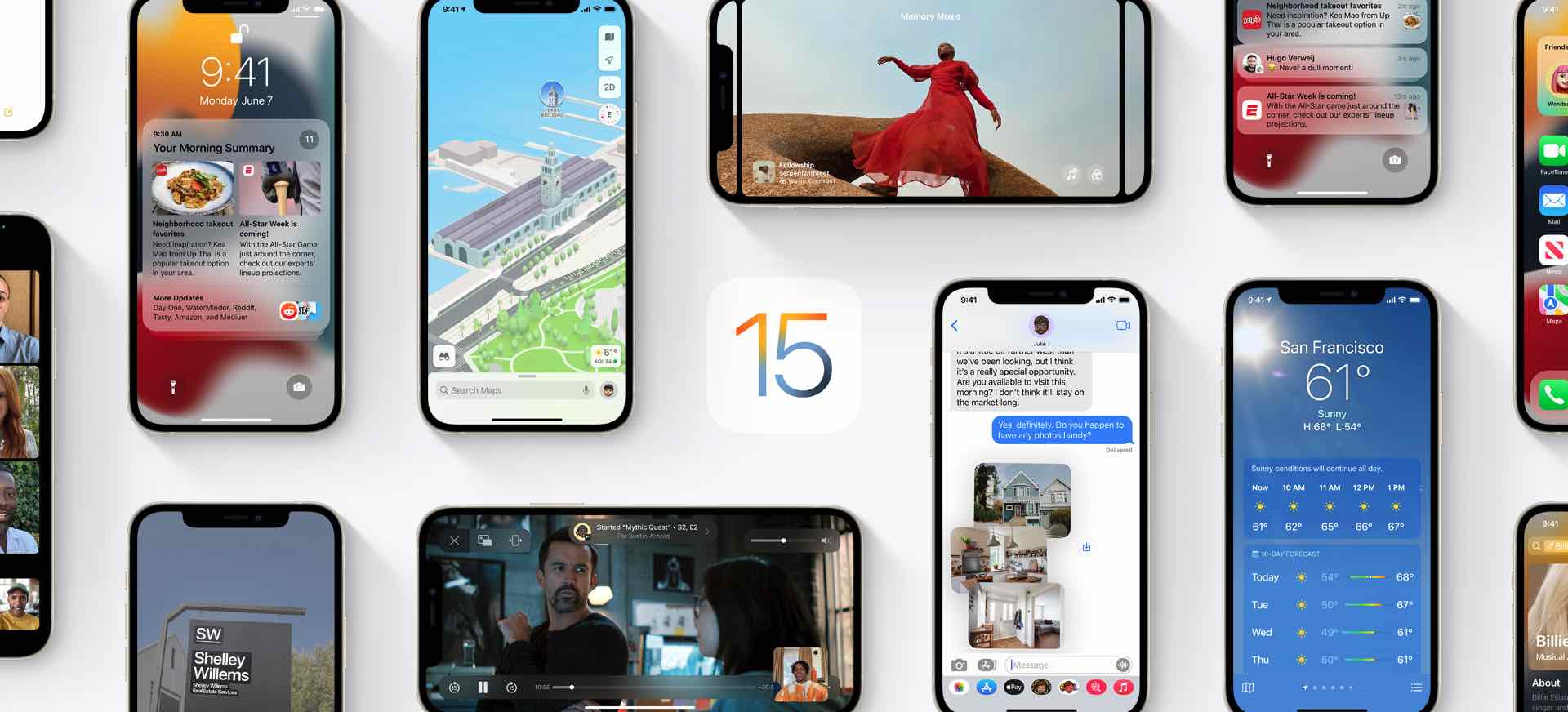
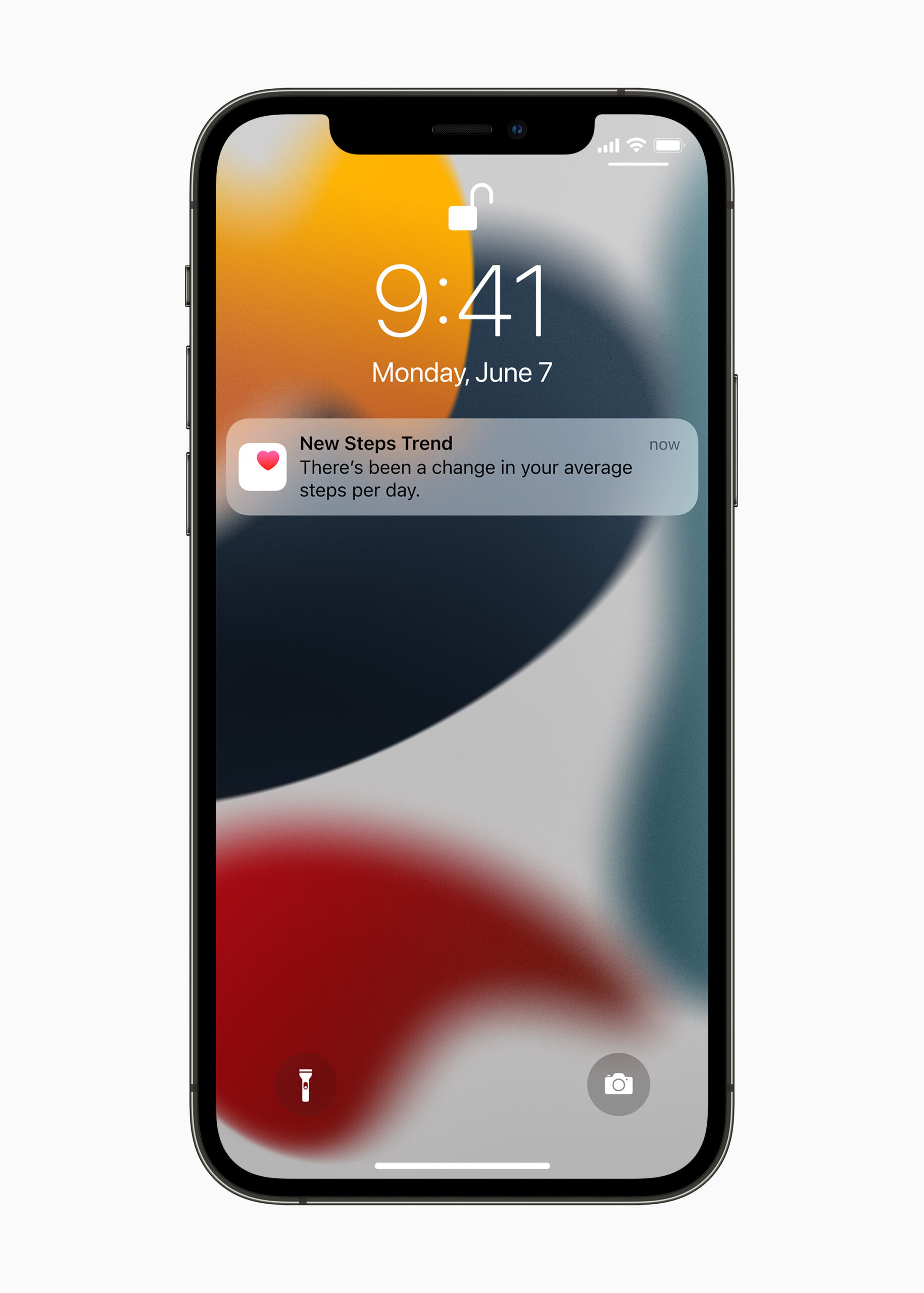
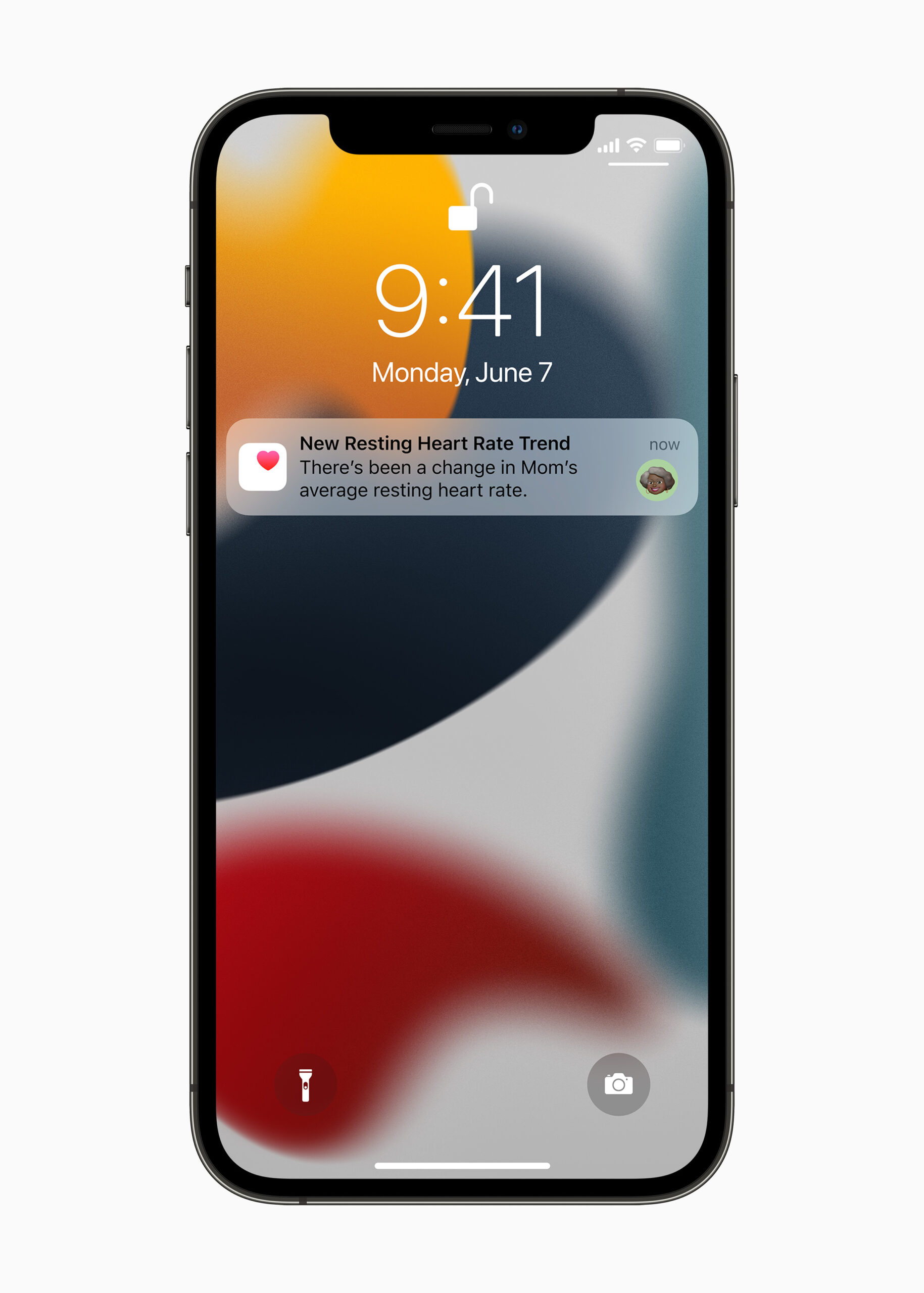
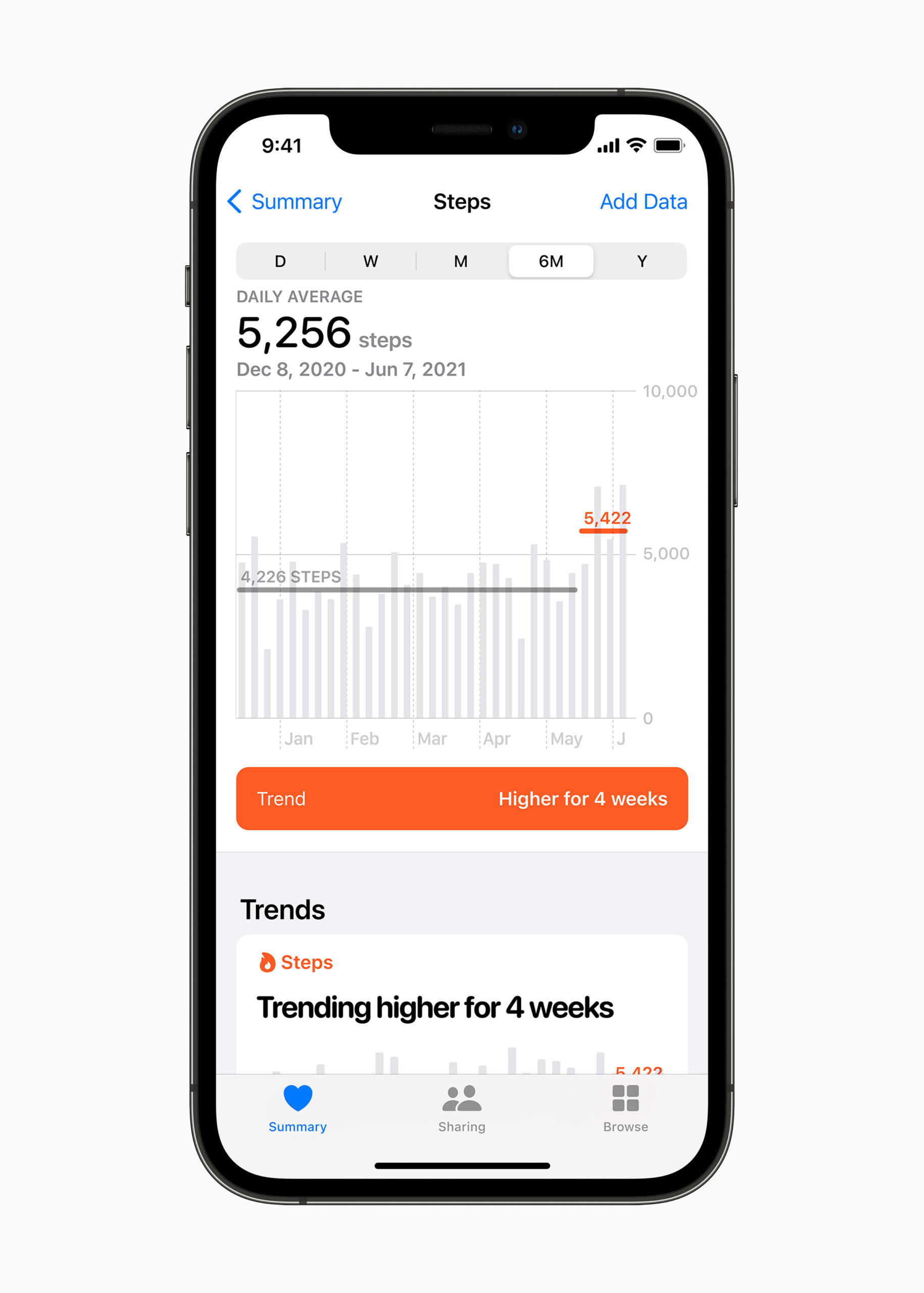
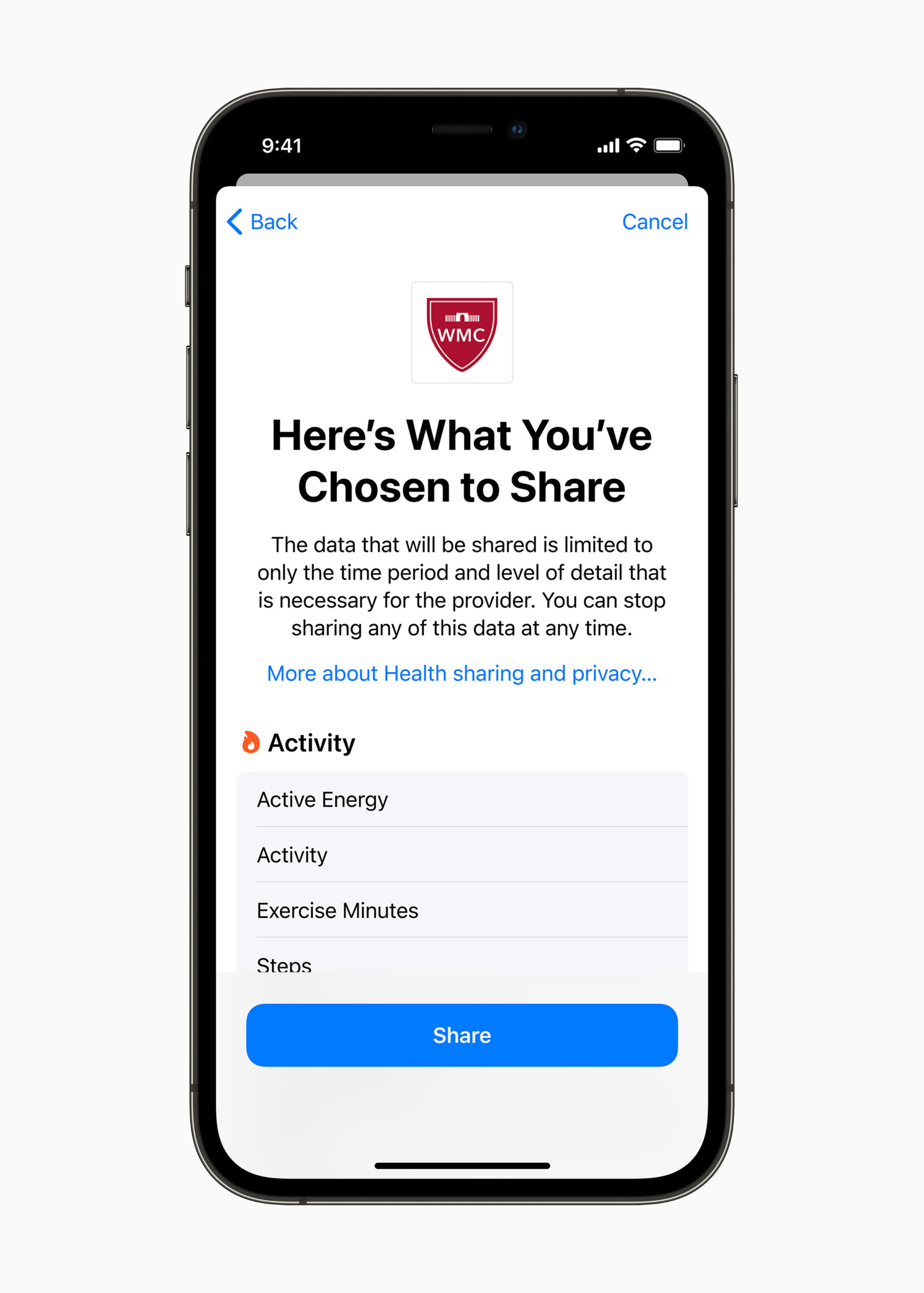
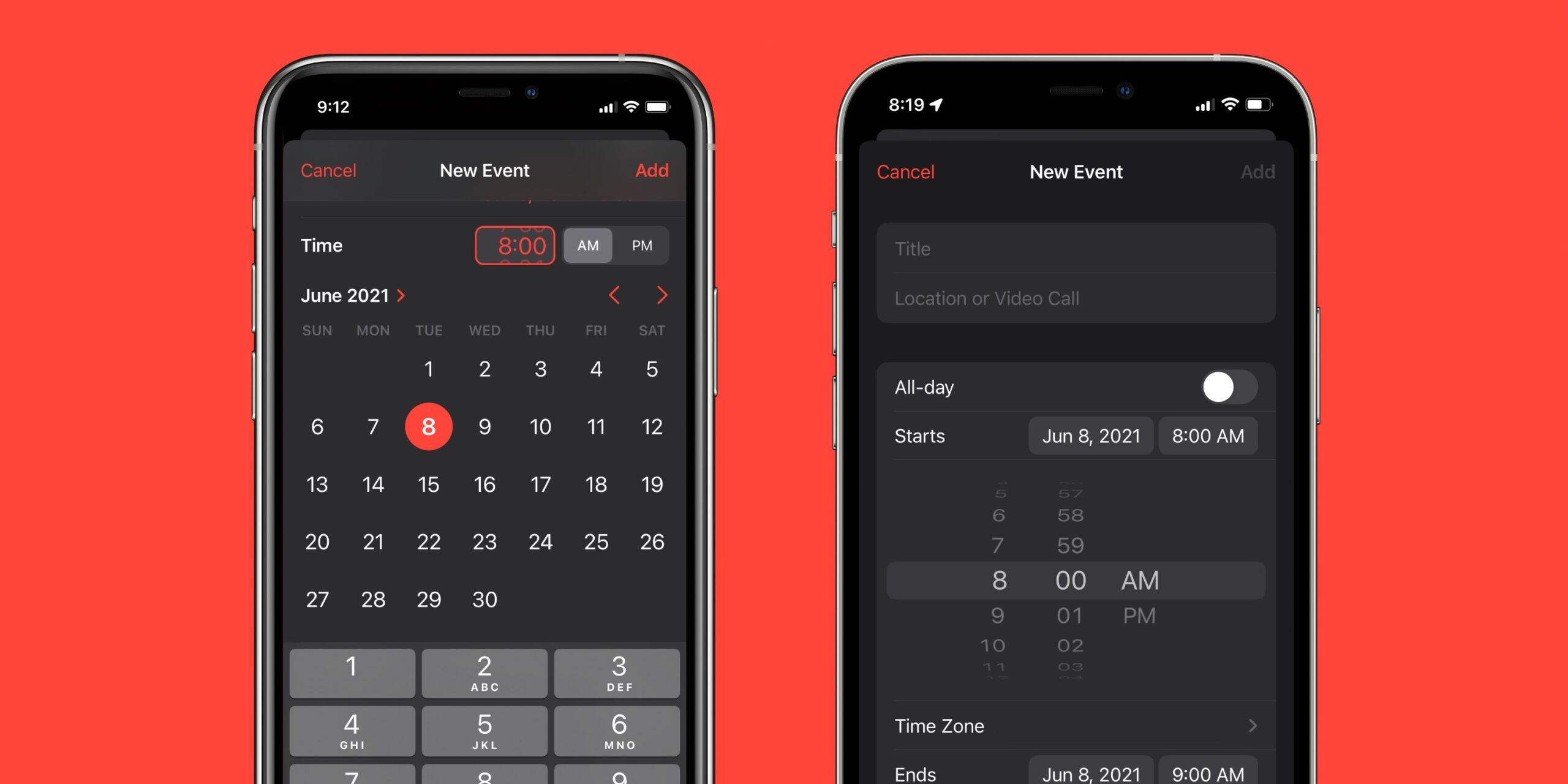
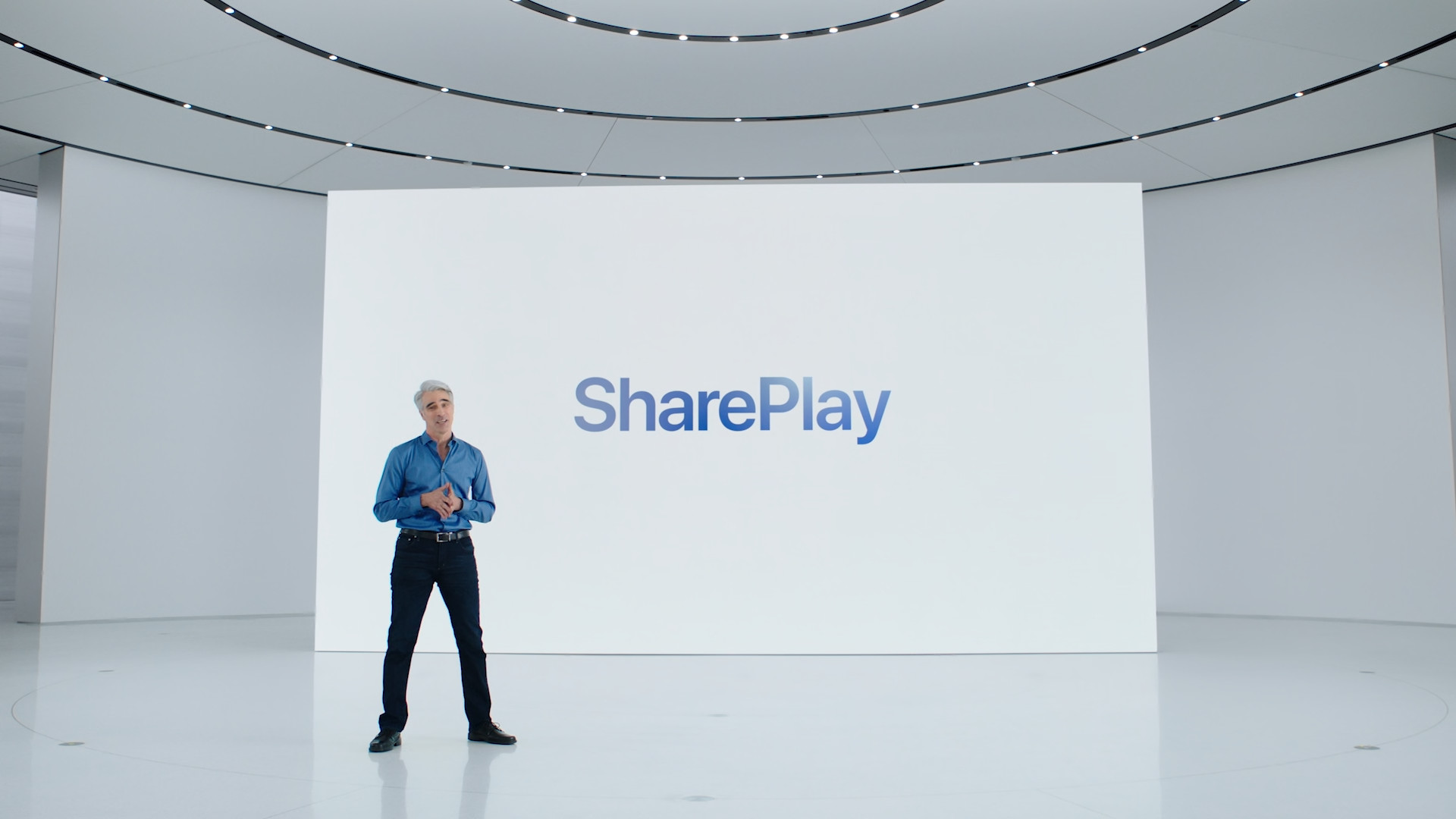



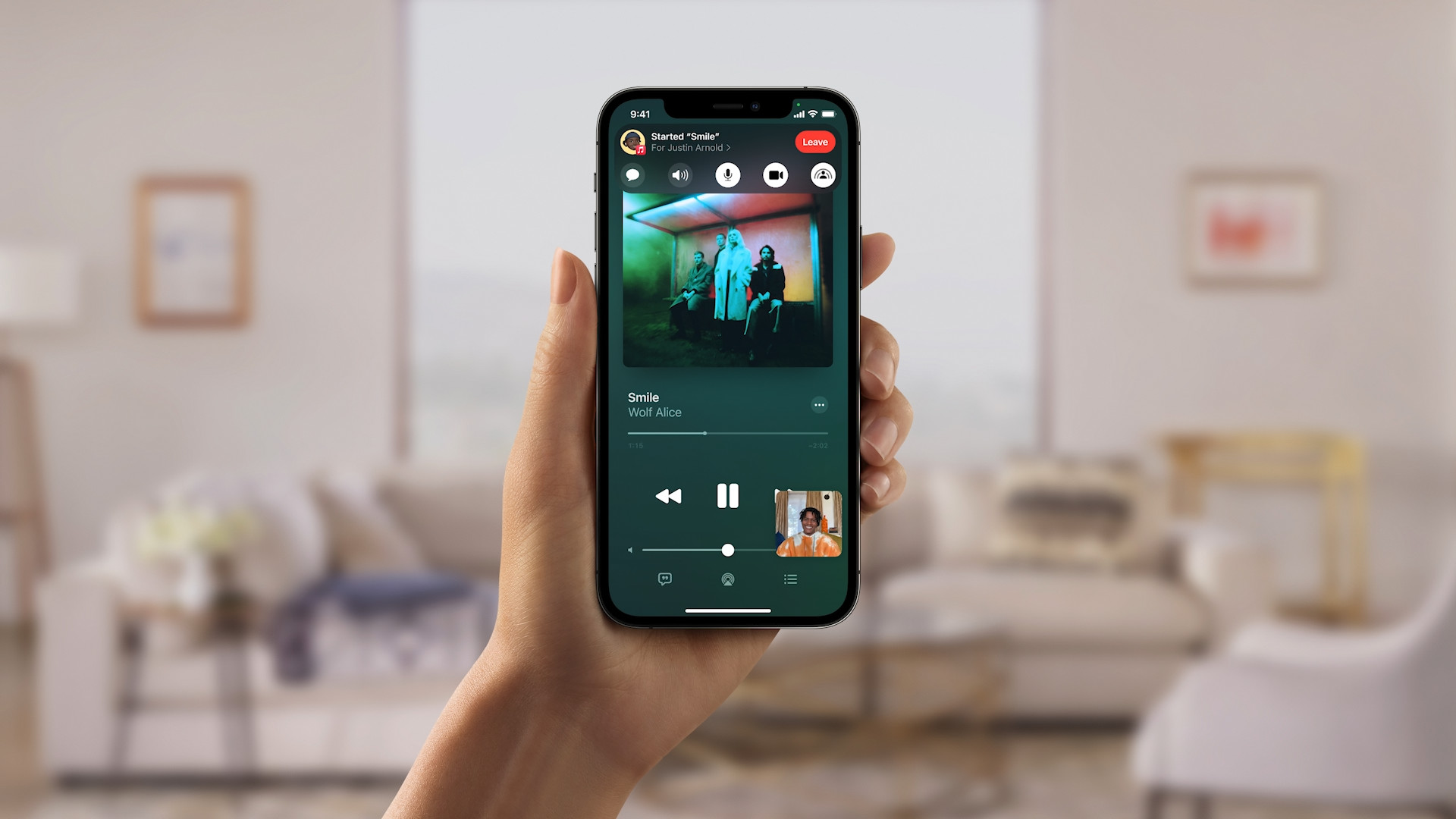

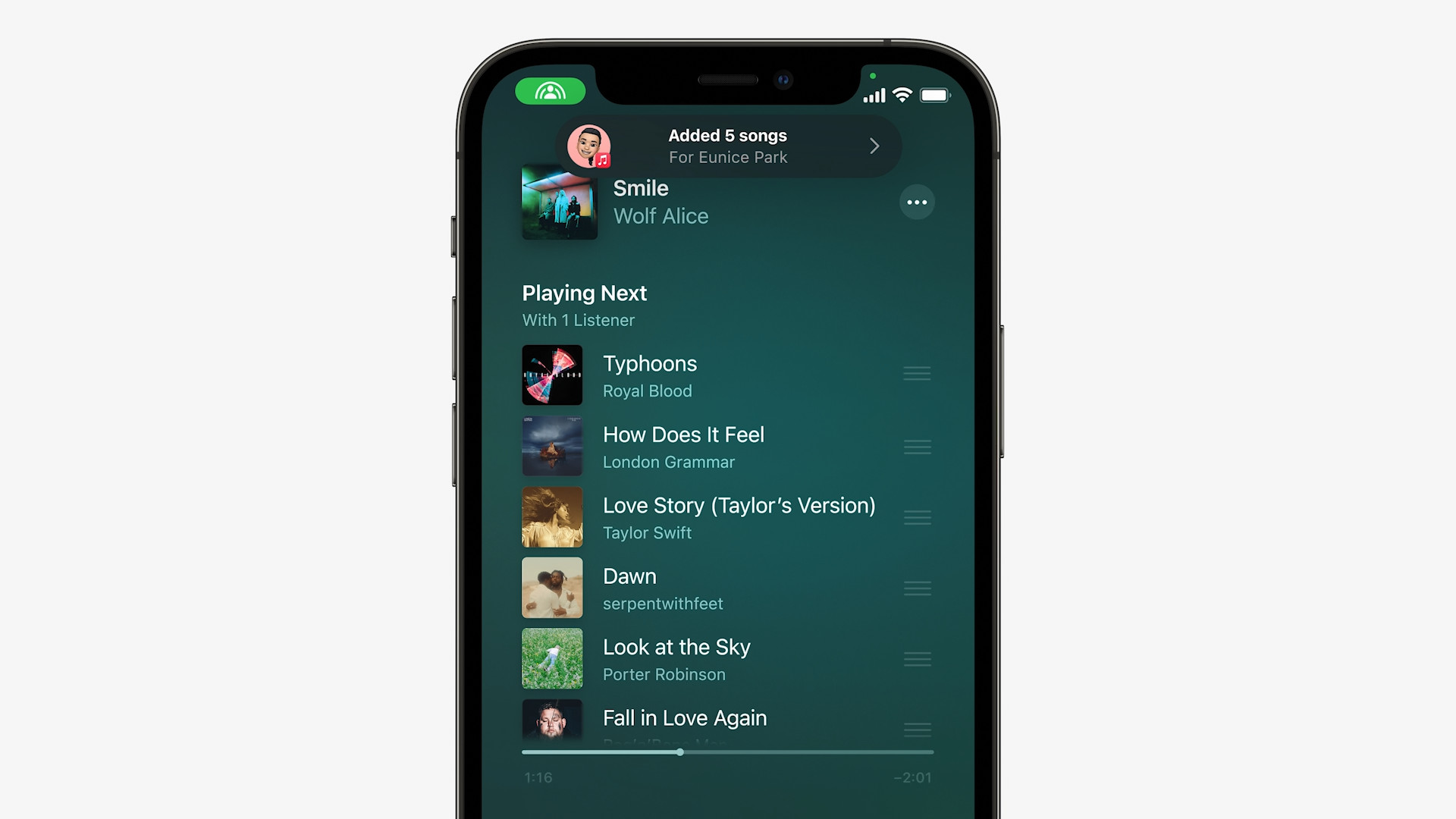





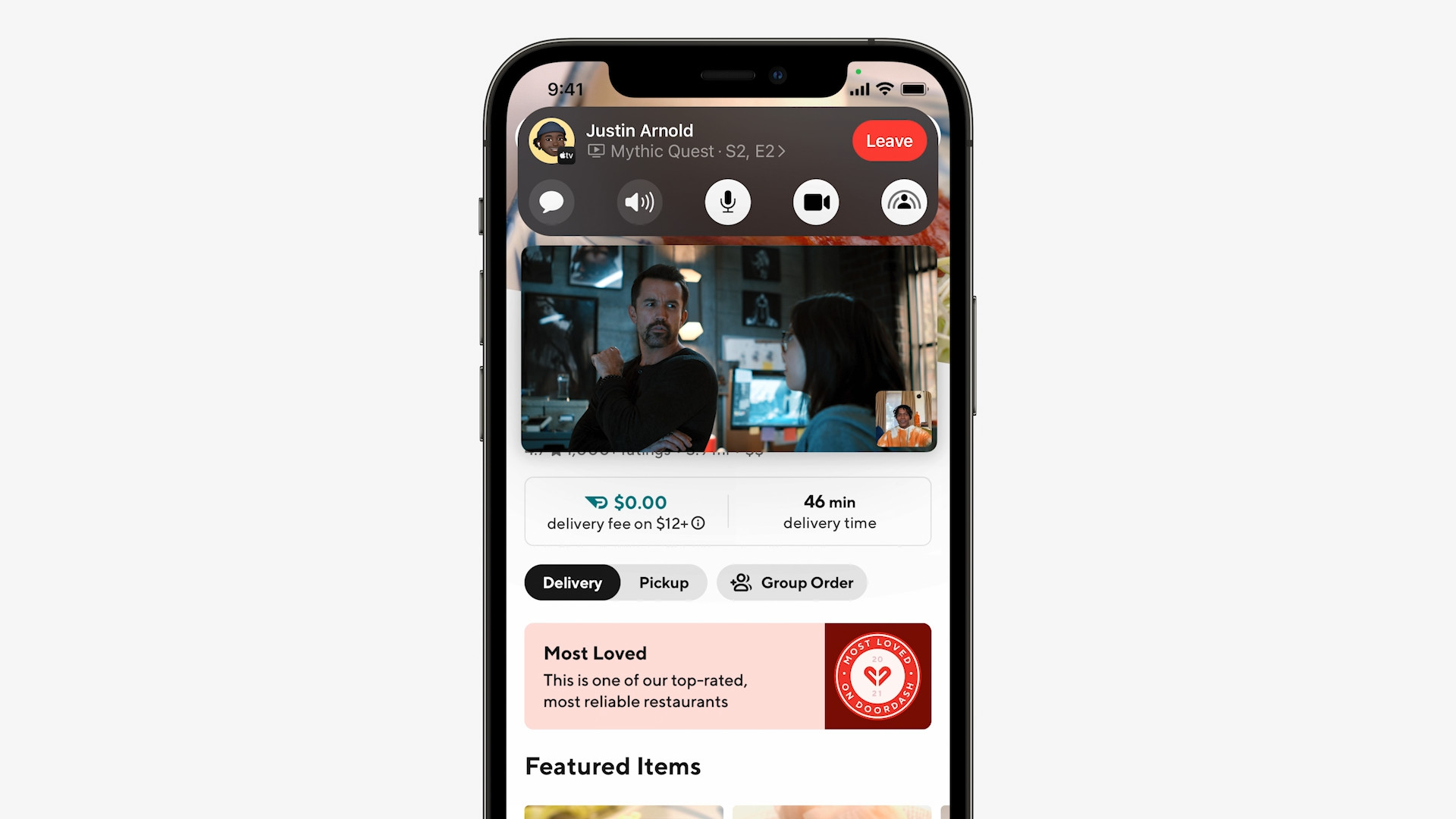
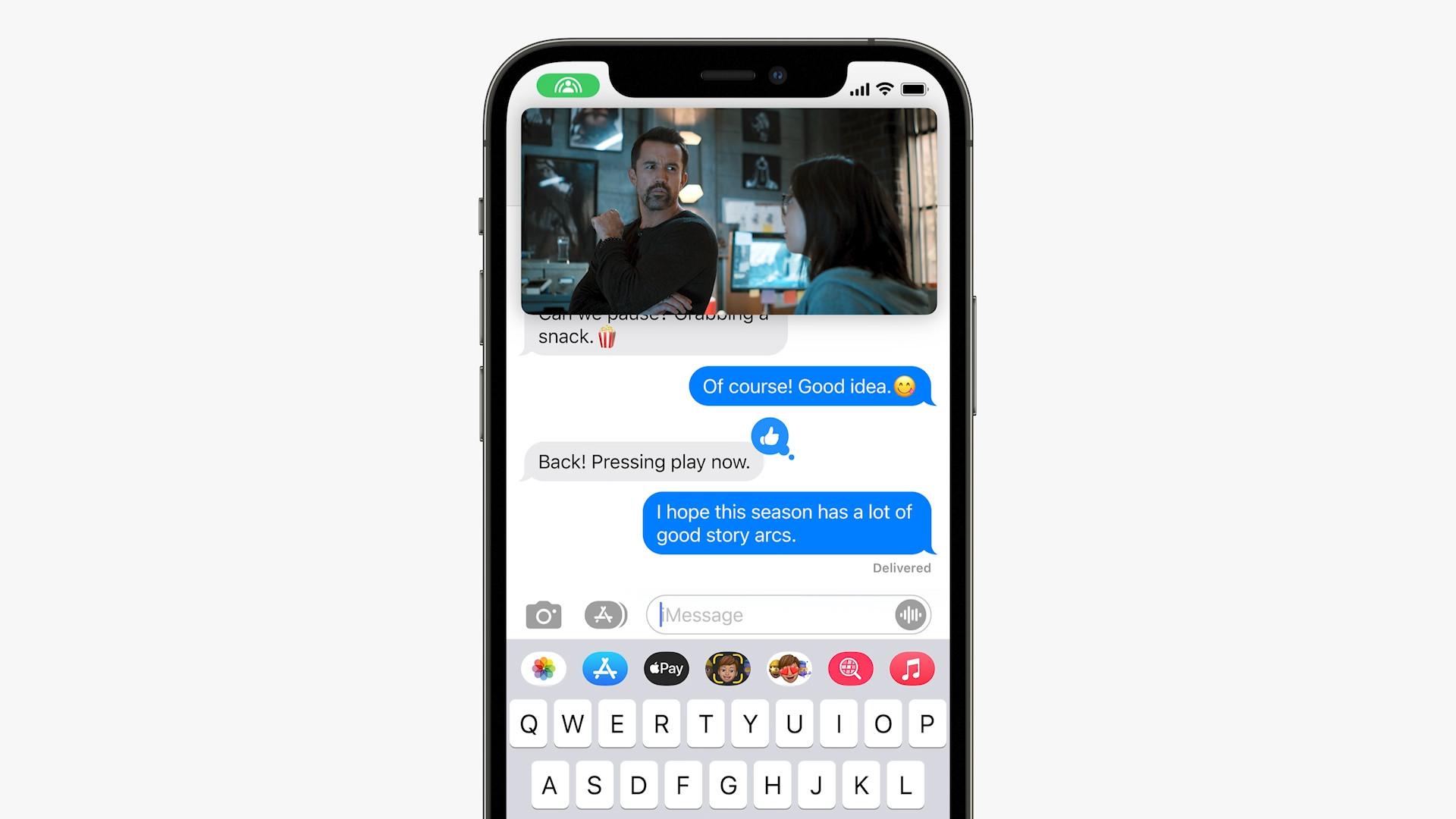

 Adam Kos
Adam Kos
I looked into my crystal ball again, which revealed the exact release date 15.1... it will be 10/2021
This article published on LSA opens on jablickar.cz